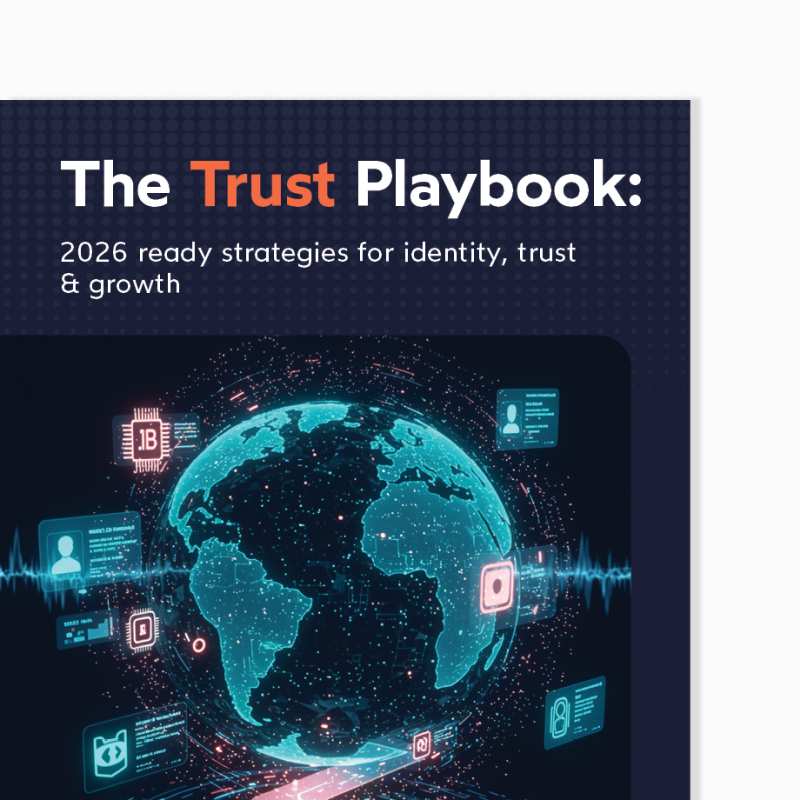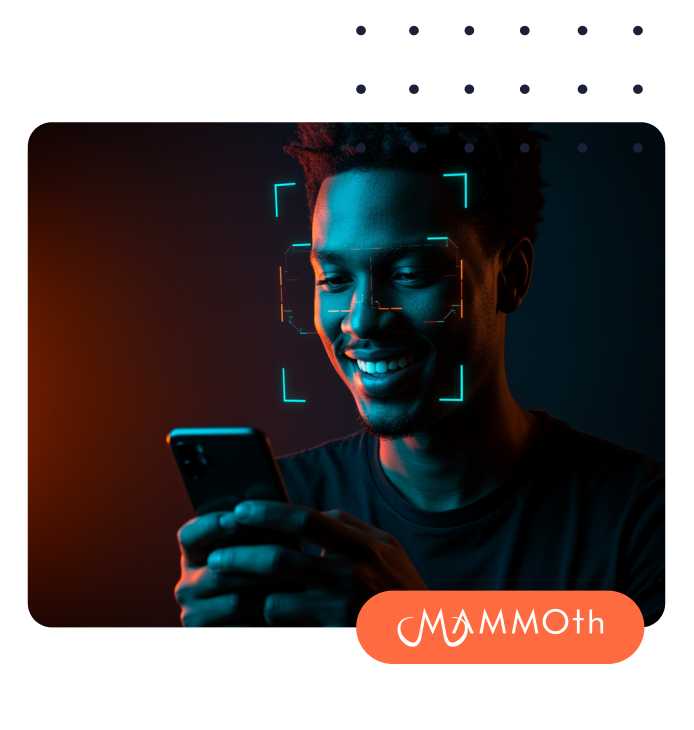The European Union passes major regulation to allow the private sector to read eIDs via Near Field Communication.
In a significant milestone in the evolution of Europe’s digital identity framework, the European Commission has adopted Regulation (EU) 2025/1208, which authorizes private sector companies to access key data stored in the chips of electronic identity documents (eIDs), most notably the bearer’s portrait (DG2) via Near Field Communication (NFC) technology.
The regulation, which amends the original Commission Decision 2025/1218, came into force on July 10, 2025.
With NFC, identity verification moves from passive image capture to active chip-based validation, fundamentally transforming how businesses can confirm identities across onboarding journeys.
What’s changed and why it matters.
Until recently, access to the chip on EU member states’ national ID cards and biometric passports was largely restricted to border authorities. With Regulation 2025/1208 now adopted, private entities can legally read the facial image stored in DG2, provided the holder consents, using NFC technology.
This opens the door to more accurate, secure, fast, and automated identity proofing across industries like financial services, insurance, gaming, telecom, and mobility, without compromising on privacy or regulatory integrity.
Let’s break it down: What’s in the chip?
eMRTDs (electronic Machine-Readable Travel Documents), such as biometric passports and eID cards, store personal data in a secure chip embedded in the document. This structure follows the globally recognized ICAO 9303 standard, developed by the International Civil Aviation Organization (ICAO), which ensures interoperability and security across international borders.
The chip’s contents are organized into Data Groups (DGs), each designed to hold specific types of information:
DG1: Machine-readable zone (MRZ) data (e.g. name, date of birth, document number)
Private sector access? Yes.
Use case: Retrieve electronic data from ID holder in secure way.
DG2: Biometric facial image (high-resolution portrait of the bearer)
Private sector access? Yes.
Use case: Biometric match to selfie.
DG3: Fingerprint data (accessible only to border and police authorities)
Private sector access? No.
Use case: Reserved for border and police use only.
By reading the encrypted data directly from the chip, IDnow’s NFC-enabled verification confirms the authenticity and integrity of the document and the portrait photo, ensuring the person presenting it is its rightful holder.
The Trust Playbook.

Meet strict regulatory frameworks with confidence.
With NFC-enabled verification, businesses can:
- Validate ID authenticity through cryptographic signatures
- Verify the portrait from the chip (DG2) against a selfie or video for liveness detection
- Read DG1 and DG2 simultaneously for cross-checking document and biometric consistency
- Reduce false positives and manual review, accelerating onboarding
NFC-based identity verification isn’t just technically superior, it’s also compliant with both existing and emerging regulations:
- National frameworks: Compliant with current schemes such as GWG (Germany), FMA (Austria), ANSSI (France), and others across the EU.
- eIDAS 2.0: The EU’s revised digital identity regulation, requiring high-assurance identity proofing methods for Qualified Trust Service Providers (QTSPs), banks, and government services
- Anti-Money Laundering Regulation (AMLR): Recently approved and set to replace national laws by mid-2027. NFC supports fully automated, risk-based identity proofing in line with Know Your Customer (KYC) and Customer Due Diligence (CDD) expectations.
So, whether you’re serving regulated industries or managing onboarding at scale, NFC verification gives you a future-proof foundation.
The IDnow NFC advantage.
IDnow’s NFC identity verification is already live and battle-tested across Europe, with tens of thousands of verifications processed every month.
- Available globally: All new passports, residence permits, and national ID cards in the EU include NFC chips. Globally, most passports include this chip by default. In some regions, driving licences and other documents are also adopting chip-based formats.
- Available for mobile app and mobile SDK integrations: Developer-friendly SDKs and APIs make it simple to integrate NFC into existing onboarding flows across platforms.
- UX / speed: Onboarding can be completed in under one minute. Just tap the document. No manual data entry needed.
- Conversion Rate: NFC onboarding shows higher success rates compared to optical scanning, thanks to improved read accuracy and fewer drop-offs.
- Automation Rate: NFC verifications are fully automated, with no need for manual agent review. This accelerates onboarding and scales efficiently.
- Security and data integrity: Cryptographic signature checks detect cloned or forged chips. Data is read with 100% accuracy, straight from the issuing authority.
NFC = No barriers to implementation.
IDnow’s NFC-enabled identity verification is available and fully compliant today. With Regulation (EU) 2025/1208 adopted, the private sector now has a clear legal foundation to access biometric data, such as the facial image stored on the chip of eID documents, with the user’s consent. This enables immediate integration of NFC verification into onboarding journeys.
Forward-thinking organizations that move early can gain a competitive edge by offering faster, more secure, and regulation-ready identity verification. Don’t wait for market-wide adoption, now is the time to optimize your onboarding flows and lead the way.
How it works: NFC-powered identity proofing, step by step.
So, what happens when a user taps their ID document with their phone? NFC-based identity verification transforms onboarding from a manual, error-prone process into a fast, secure, and fully automated journey. By reading encrypted data directly from the chip, rather than relying on photos or scans, IDnow ensures every verification is accurate, fraud-resistant, and compliant with the latest regulations.
- Static capture: Capture the document’s MRZ to generate the key and decrypt the chip.
- NFC readout: Instantly read secure data from the chip.
- Selfie check: Capture a selfie for biometric face comparison and liveness detection.
Here’s how NFC-enabled verification with IDnow streamlines the entire process, from document tap to trusted onboarding. See just how seamless and user-friendly NFC onboarding can be.
Ready to activate NFC?
With NFC, identity verification becomes not only faster, but foundationally stronger. The future of onboarding is already in your customers’ pockets. Let IDnow help you unlock it securely, seamlessly, and in full compliance with Europe’s most advanced digital identity framework.
Talk to your Account Manager, Customer Success Manager or contact us to learn how NFC-enabled identity verification can unlock valuable business opportunities.
By

Suzy Thomas
Customer and Product Marketing Lead
Connect with Suzy on LinkedIn




